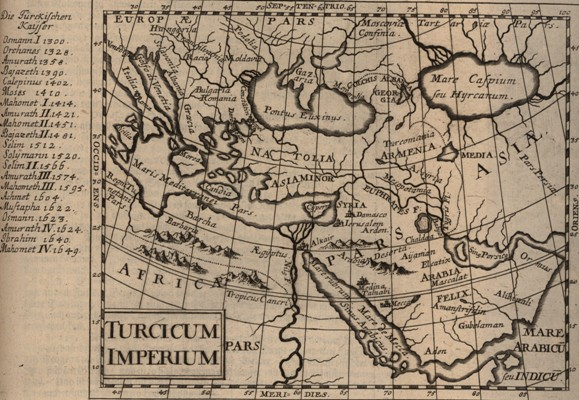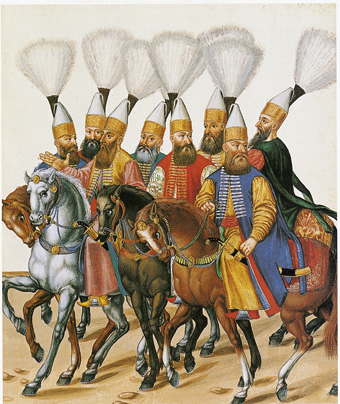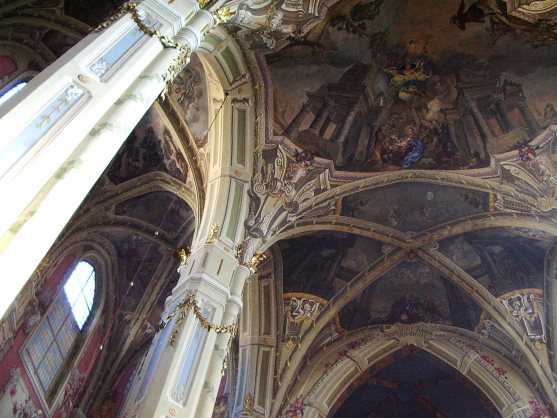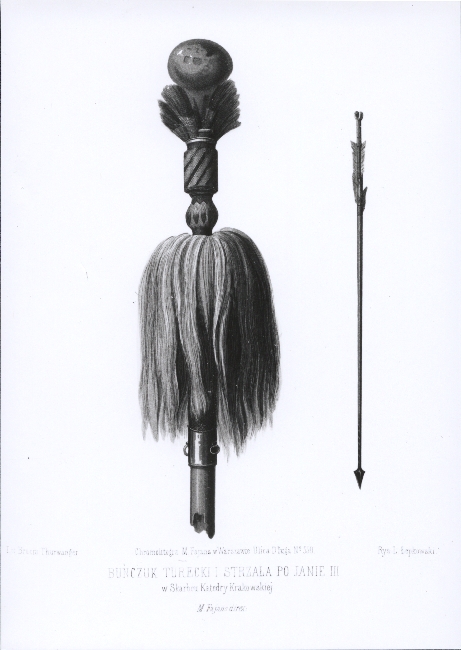The first Polish-Turkish Diplomatic Relations. Jakub Skarbek’s Mission
At the beginning of the Jagiellonian reign, the Polish state did not engage in the conflict between Christians and the Ottomans to avoid situations which could lead to frictions between both parties. The first diplomatic contacts occurred only in the second decade of the 15th century. Then a Polish mission composed of Jakub Skarbek of Góra and Grzegorz Ormianin went to Sultan Mehmed I (1413–1421) to achieve cessation of Turkish hostilities and attacks on the Hungarian state. The danger was serious, because the ruler of Hungary, Sigismund of Luxembourg was then staying at the Council of Constance while his country was stranded. It began in 1414 from a conflict in Bosnia where one of the many local rulers, so far loyal to Sigismund, was deprived of his property due to the Bosnian and Hungarian magnates’ intrigues. He immediately asked the Turks for help. The latter took advantage of the situation and the border Begs’ troops attacked and conquered Zagreb. The following year, the Hungarian commanders decided to be ahead of the enemies’ attack and attempted to defeat them before they finished to concentrate their forces. Unfortunately, the expedition ended in total defeat and captivity of all Hungarian leaders, while the victorious Turks invaded Hungary and instilled fear in Europe.
The worried Luxembourger and his advisors asked Władysław Jagiełło for help. The Polish monarch could not and did not want to get involved militarily in the conflict, but chose a diplomatic intervention. It has been disputed to date which year it was. Jan Długosz, who described the course of the mission very accurately, stated that it had taken place in the year 1414. Some historians were also in favour of that date. However, it seems more likely that the two envoys visited the Sultan the following year. Firstly, it was when the Turkish threat was far more serious than the year before, to the extent that it led Hungarians to seek help outside. Secondly, in October 1415 Jagiełło informed the audience at the Council of Constance of the mission. Długosz wrote that the envoys demanded in harsh words the Sultan to stop the raids, and threatened him with sending troops if there were any further attacks. Although the case does not seem to be concluded, and it is difficult to indicate who is right – Długosz or modern historiography – it is worth noting that the first Polish-Turkish relations took place 600 years ago, during the reign of the first Polish monarch of the Jagiellonian dynasty, long before the Turks became a real threat to Europe. Moreover, the mission itself was very interesting because of the royal envoys’ adventures.
Jakub Skarbek of Góra and Grzegorz Ormianin went to Turkey with expensive gifts and were graciously received at the Sultan’s court, probably in the Asian part of the country. During the talks with Jagiełło’s envoys, the Sultan not only agreed to release the Hungarian prisoners and call a truce, but also decided to start peace negotiations. Therefore, with the Polish diplomats returning home, also the Sultan’s envoys set off, empowered to conclude peace. Jakub Skarbek took the shortest route to Poland through Wallachia, while Grzegorz Ormianin with the Turks went directly to Hungary, where the negotiations were to take place. However, the Hungarians, suspicious and upset by the recent events on the border, arrested the Polish envoy on suspicion of espionage. His luggage was searched and he was locked in a dungeon. Hearing the news, the Turkish mission which followed him at some distance turned back, and the unfortunate diplomat remained in prison for several months, despite violent protests from the Polish monarch. However, since the search and investigation did not reveal anything, the prisoner was finally released, and the irritated Polish king stopped worrying about the Southern neighbours’ troubles, especially when it turned out that the actors of the scandal had not been punished. Interestingly, during this period Mircea, the Wallachian Voivode, an enemy of the current Sultan, began to spread information about an anti-Hungarian Polish-Turkish alliance. It was an entirely unsuccessful attempt to involve Hungary in the impending civil war in the Ottomans’ country. That hard anti-Polish campaign was also joined by the Knights of the Cross, who at the Council of Constance announced the news that Jagiełło and Witold had allegedly allied with the Ottomans and Tatars against the Order and other Christian countries, and that the Polish King gave his daughter in marriage to the Sultan. The Polish diplomacy effectively managed to overcome all the rumours.
So ended the first encounter with Turkey. The partial success of the mission, weakened by the Hungarian ally’s distrust, as well as other political factors, e.g. the conflict with the Order, the Hussite issue or problems in Lithuania, caused Poland not to engage in the conflict between the Christian world and the expanding Ottoman realm.



